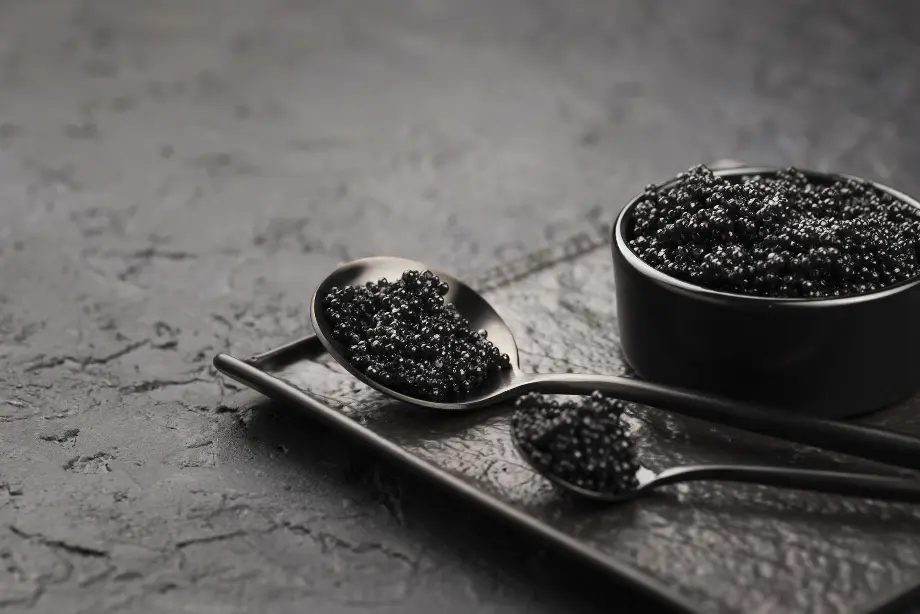History of Caviar
A Dive into the History of Caviar Indulgence
Sturgeons, the oldest living vertebrates on earth, have roamed the northern waters for approximately 250 million years. Their prized roe, known as caviar, has been cherished since ancient times. Around 2400 B.C., the ancient Egyptians savored sturgeon roe seasoned with salt and vinegar, while the Greeks elegantly served it on platters garnished with flowers.
In the past, the Persians played a significant role in the consumption and recognition of caviar. They were among the early civilizations to recognize the nutritional value and culinary potential of sturgeon roe, harnessing its energy as a dietary staple. Their appreciation for caviar’s rich taste and benefits contributed to its early popularity and spread across ancient cultures. Additionally, it is speculated that the term “caviar” may have originated from “châv-jâr,” meaning ‘cake of Power’ in Persian, further highlighting their influence on its early history.
Throughout the medieval era, caviar remained a cheap and popular dish in Greece and Russia, serving as a vital source of nutrition during fasting periods when meat consumption was forbidden for Orthodox Christians. By the 18th century, caviar transcended its culinary utility to become a potent symbol of wealth and power as a Greek sea captain promoted its consumption among European upper classes.
The history of caviar, this exotic aquaculture product, epitomizes luxury and exclusivity. Historically, its uniqueness and scarcity led to exorbitant prices, rendering it a privilege reserved for the aristocracy. However, with advancements in sturgeon aquaculture methods, there is hope for caviar production to enter a new era where the indulgence once enjoyed by the few may soon become accessible to a wider audience.

